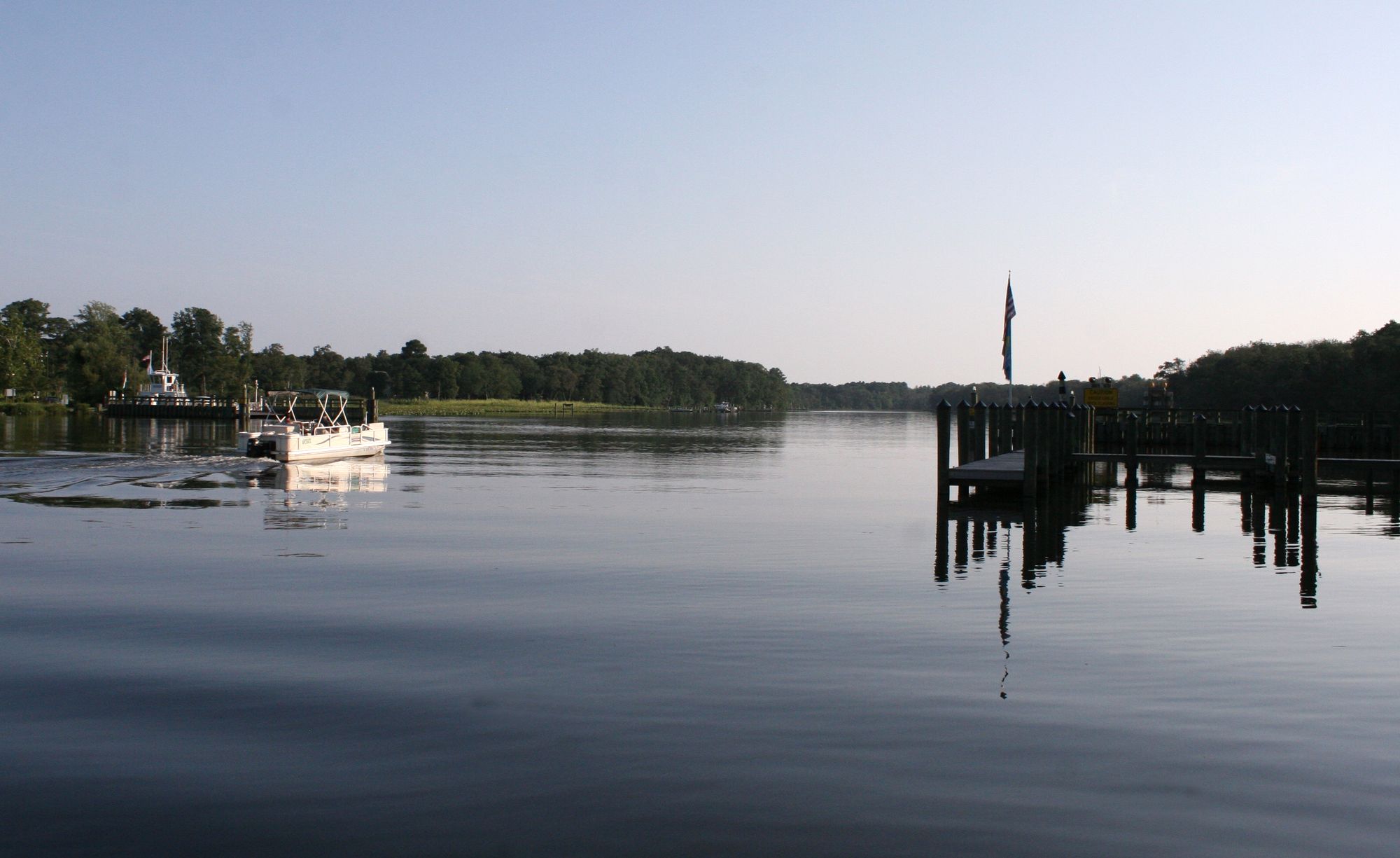Why a new tick species is invading Delmarva

Holly Gaff and Tori Rose were hunting for ticks in a pine needle-strewn forest in a nature preserve on Virginia’s Eastern Shore. Their first hit — a dense, quarter-size cluster of larvae — came within a few strides of the parking lot.
“This is a larval bomb,” said Gaff, a biology professor. “There’s probably about 50 of them right there. Some animal has already been through here and knocked off the first couple hundred of these guys because this is really small.”
Pretty soon, Gaff and Rose, a graduate student, had more than enough ticks to take back to their lab at Old Dominion University. A mundane detail about this scientific outing would astound an earlier generation of tick researchers in this part of the country: Every specimen they have collected is a lone star tick.
Until the 1980s, lone stars were virtually unheard of outside the lower southern states. Their ensuing population explosion throughout the mid-Atlantic was merely a preview of things to come, though. Today, experts say, a changing climate is attracting waves of new tick varieties to the region, swamping beleaguered efforts to control tick-borne illnesses like Lyme disease.
Lone stars now account for about 95% of all tick observations in the Chesapeake Bay region, according to Gaff. And two more species — the Gulf Coast tick and Ixodes affinis, a species so obscure it has no common name — are gaining a foothold and spreading to points farther north.
The range expansions are believed to be tied to a surprisingly complex host of environmental factors, including reforestation efforts and a glut of white-tailed deer. But tick researchers are increasingly pointing to climate change as one of the prominent drivers.
“By and large what climate change is doing is expanding the geographic areas that have the conditions necessary to support tick populations,” said Richard Ostfeld, a scientist at the Cary Institute of Ecosystem Studies, a nonprofit in New York.
Gaff agreed, saying it is one of the few definitive statements she is able to make about the expansion of the ticks’ range: “Because every time I think I’ve got something else figured out that can be tied even to the weather, let alone the climate, the next year I’m like, ‘And I’m wrong.’”
The U.S. Environmental Protection Agency considers the link to be so well established that it now tracks Lyme disease cases as an indicator of climate change, along with heat waves, melting ice sheets and other consequences. The national case rate for the disease has nearly doubled since 1991, from 3.74 to 7.21 cases per 100,000 people.
The black-legged deer tick, which carries the bacteria that cause Lyme, has migrated northward in recent decades, bringing the disease farther into the Northeast and Canada. The species has lurked in the mid-Atlantic long before temperatures began rising. But climate change is having an impact, scientists suspect, as warming springs and autumns are enabling it to emerge earlier in the year and feed longer, boosting its disease-spreading potential.
“Having a longer season in which you can actually seek a host seems to be beneficial [for tick survival],” Ostfeld said. “If they get a few extra weeks in the fall or a week or two in the spring, they’re more likely to survive, if they find a host.”
Lone stars, distinguishable by the white dot on their backs, don’t transmit Lyme disease, but they do spread an illness commonly mistaken for it. Called southern tick-associated rash illness, or STARI, it sometimes causes a circular rash akin to the typical Lyme “bull’s eye.” The species also has been tied to the spread of a potentially life-threatening red meat allergy.
The lone star’s mid-Atlantic invasion didn’t start with climate change, Gaff said. A toughening of hunting regulations led to a surge in deer populations, providing abundant hosts for lone stars. Meanwhile, forests that had been clear-cut during earlier logging waves began growing back, providing more habitat.

The result was that the lone stars came roaring into Virginia and Maryland during the 1970s and ’80s. The migration halted there initially because winters were still too cold to let them push farther north. But starting in the ’90s, warming temperatures renewed their expansion. Now, they can be found as far north as Maine.
Gaff said she began her surveillance of ticks in 2009 because no one else was doing it in the region. She wanted to be able to build better computer models, showing where certain ticks are and where they’re going.
To find ticks, she visits selected sites once a month. She paces slowly along the edges of forests and near brushy areas. Before her, she brushes the ground with a swatch of white denim affixed to a rod. When black specks show up on the cloth, she dabs them up with a piece of blue painter’s tape and drops it into a vial. Over the years, she estimates that she and her team have collected 280,000 ticks. During that time alone, two tick species have moved into the area.
The most concerning from a human health perspective is the Gulf Coast tick. A large-for-a-tick arthropod with aggressive hunting habits, the species can spread a disease similar to Rocky Mountain spotted fever to humans.
The variety with no common name, I. affinis, doesn’t bite humans. But Gaff and other researchers suspect its expansion is indirectly contributing to the spread of Lyme disease. The species, a native of Central and South America, does that, they believe, by infecting the animals it bites, increasing the chances of a black-legged tick picking up the strain and passing it along to humans.
What enables ticks to survive farther north has less to do with the temperature of the air than its water content, Gaff said. Ticks will die from a lack of water long before they die from the cold. It’s why the Centers for Disease Control and Prevention recommend that you toss your clothes in the dryer if you believe you’ve been around ticks; the dry air kills them.
“You need a cold, dry winter” to kill ticks, she said. “We’ve put lone star adults in a freezer for a week without a problem. We don’t really get that cold on the ground [in Virginia] because they’re down under the leaf litter, so they’re not going to die [from the cold] in the winter. But they will dry out. That is their one weakness.”
Jeremy Cox is a Bay Journal staff writer based in Maryland. You can reach him at jcox@bayjournal.com. Bay Journal Media is a nonprofit that reports on environmental news and issues in the Chesapeake Bay watershed. You can find more of their work here.
More stories:


